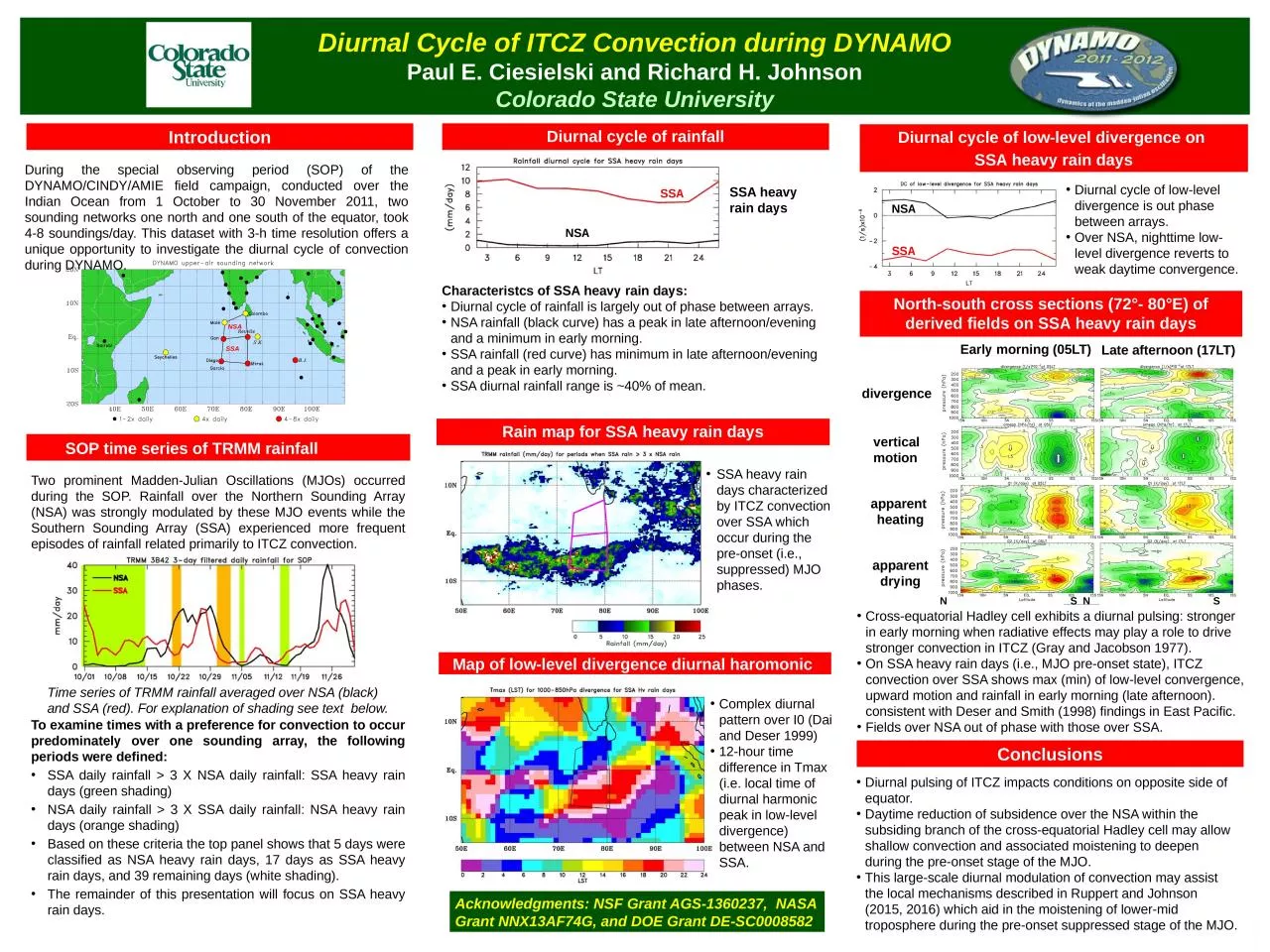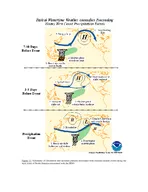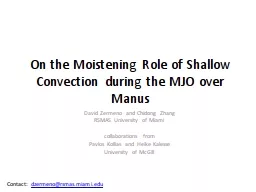PPT-Two prominent Madden-Julian Oscillations (MJOs) occurred during the SOP. Rainfall over
Author : fiona | Published Date : 2024-02-09
To examine times with a preference for convection to occur predominately over one sounding array the following periods were defined SSA daily rainfall gt 3 X
Presentation Embed Code
Download Presentation
Download Presentation The PPT/PDF document "Two prominent Madden-Julian Oscillation..." is the property of its rightful owner. Permission is granted to download and print the materials on this website for personal, non-commercial use only, and to display it on your personal computer provided you do not modify the materials and that you retain all copyright notices contained in the materials. By downloading content from our website, you accept the terms of this agreement.
Two prominent Madden-Julian Oscillations (MJOs) occurred during the SOP. Rainfall over: Transcript
Download Rules Of Document
"Two prominent Madden-Julian Oscillations (MJOs) occurred during the SOP. Rainfall over"The content belongs to its owner. You may download and print it for personal use, without modification, and keep all copyright notices. By downloading, you agree to these terms.
Related Documents














